Do your MTB skills feel spot-on in theory but don't always translate to the trails? Here’s how to fix things...
Chances are you might not have quite the skills you think you do… or know which to use when
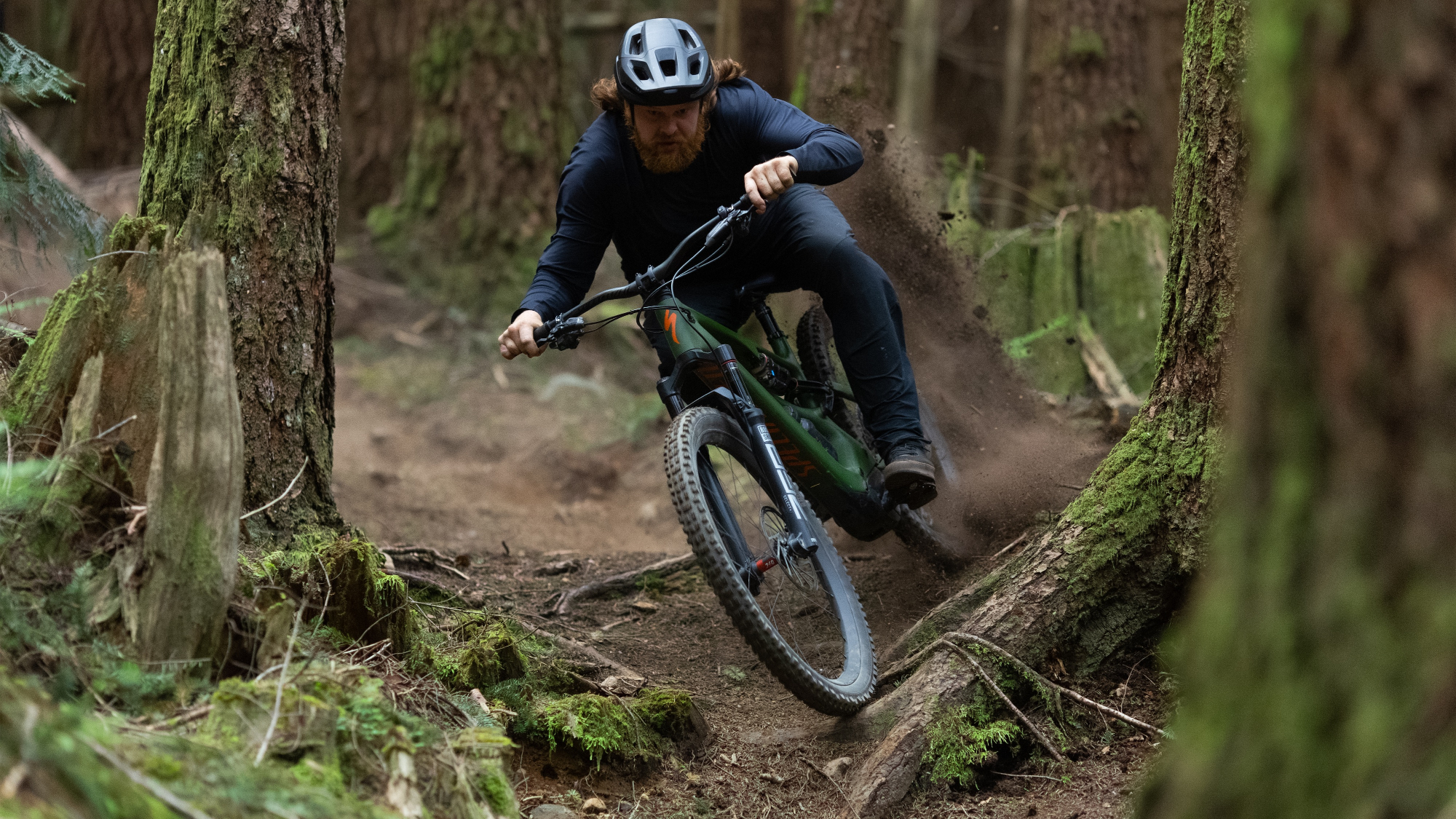
Well this is embarrassing. After some eye-opening coaching this spring with former 4X MTB World Champion Katy Curd, I’ve been trying to work out what’s stopped me from translating my MTB knowledge into fast-flowing, trail-taming action in the past, and what will help me in the future.
Turns out I actually gave myself the answer three years ago in this article where I asked coaches why riders crash: Just knowing about a skill won’t give you that skill.
The fact I’d forgotten about the article and its pearls of wisdom probably explains a lot about my slow progress. And if Katy and her colleague Sam Begg are right, I’m not the only one.
The biggest problems Katy and Sam’s coaching sessions revealed to me were: (a) I was only half-learning skills, and (b) I was misunderstanding when to use them.
On top of that, as Olly Morris, co-owner of Pro Ride MTB Coaching and coach for World Cup DH team MS Mondraker says, being realistic helps: “Mastering a skill might take a morning or it might take months. Be relaxed about your personality type and don’t beat yourself up.”
Let’s have a look at those two pitfalls I discovered and how you can avoid them…
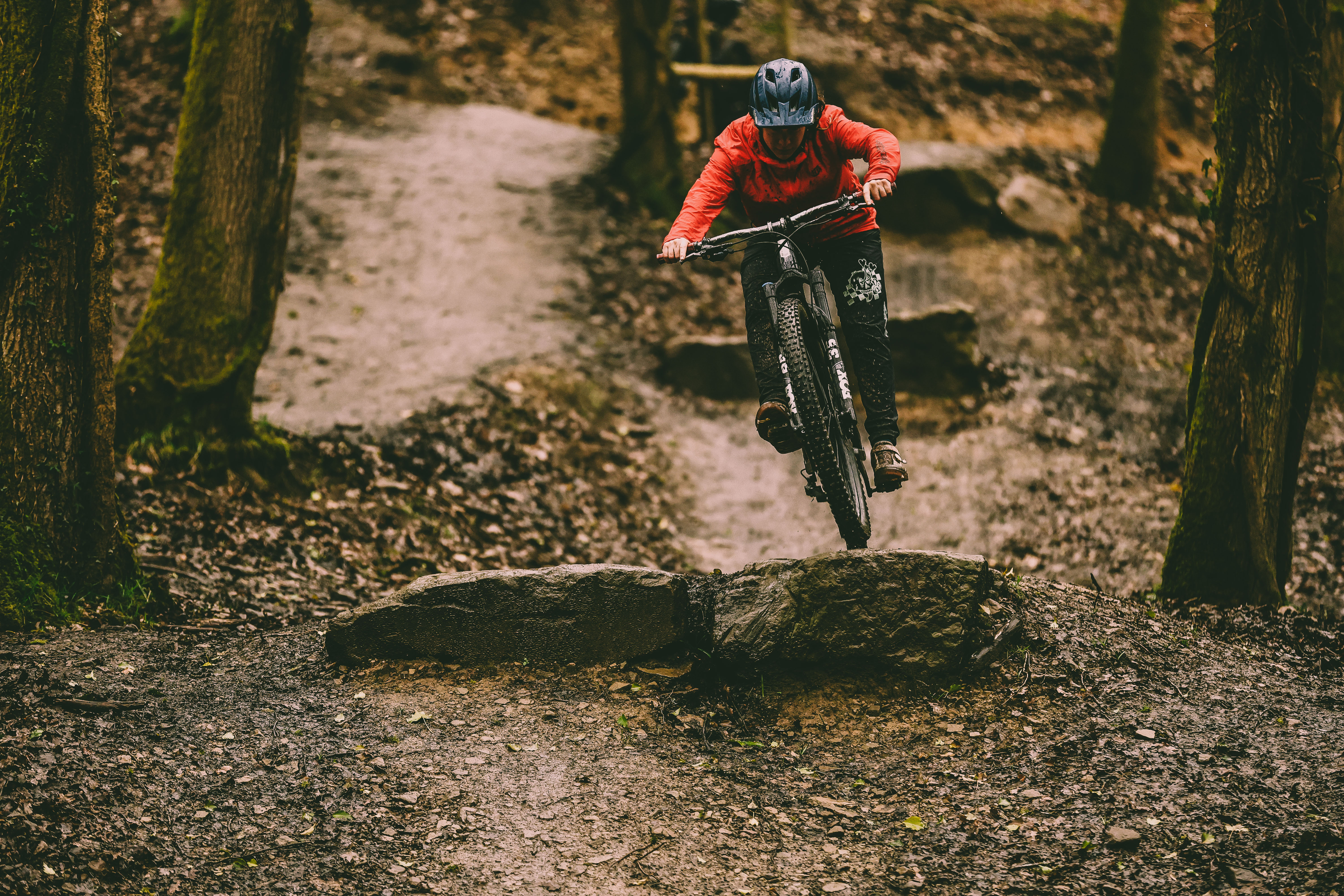
Problem 1: Only half-learning the skill
Solution 1: Make sure you understand the skill
In an early body-position lesson on the pump track, one of my misunderstandings was just moving my body up and down on the bike without any forward shove. So I ended up like a pogo stick gradually running out of bounce, instead of using the rollers and berms to give the bike vital momentum around the track.
Instead of trying to do the same wrong thing harder, I should’ve checked – on a trusted YouTube channel or with a coach – that I’d understood the action in the first place.
Solution 2: Make sure you can feel the skill in action
I sometimes found myself asking the coach, ‘Was that better?’, a pretty good clue that I’d only developed a vague idea of a skill. When something comes together, like properly angling the front of the bike downwards to come off a drop onto a sloped landing, it feels really smooth. But early on, while I’d notice that something felt better, I couldn’t tell why that was. Repeating the thing dozens of times lets you get a clear idea of cause and effect.
Videoing yourself really helps to show you what went right (or wrong). One of my favorite sessions was at a skills area on a quiet day, just repeating the same drop again and again with the phone propped on a rock, recording. Playing it back frame by frame afterward showed me so much about the difference that body position and timing of an arm push made
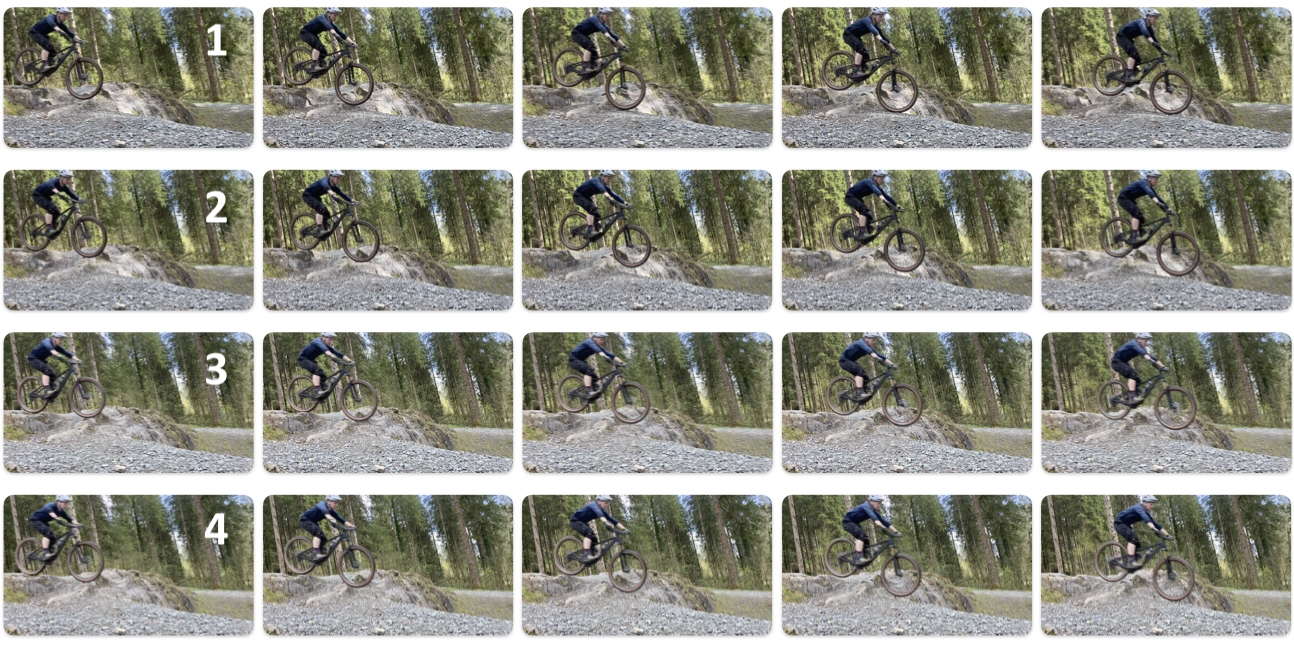
Solution 3: Get the skill into muscle memory
Once a move started to click, like bike position over a small drop, it was like time slowed down a bit. Instead of a worried flurry of activity, where you’d try to concentrate on five things at once and go over the drop as a slightly panicked passenger, you’d find that you could start to think about one thing deliberately, like where your landing point was going to be, and then the other things would take care of themselves.
That really did feel like magic. It was also like that where the coach had given me three instructions, like chest down, push down with the arms and then use a heel swing to hasten the back of the bike downwards off the drop. At first, I was always thinking so hard about one of the things that the moment would pass for the others. But eventually one or two would take care of themselves, and you could focus on the third – and also notice it making a difference.
When whole sequences of moves go into muscle memory, then you only have to plan the broad moves as you head down a trail – the micromovements take care of themselves. I guess this is all familiar to anyone who plays a musical instrument or does a martial art, or any number of skilled activities. Through endless practice, your brain masters a whole series of subroutines that it can call upon.
Sam explained that mastering these subroutines makes you loads calmer when you need to adapt to the unexpected – say coming around a corner into a drop that’s bigger than you thought, where you suddenly need more of an arm pushout to make a safe landing.
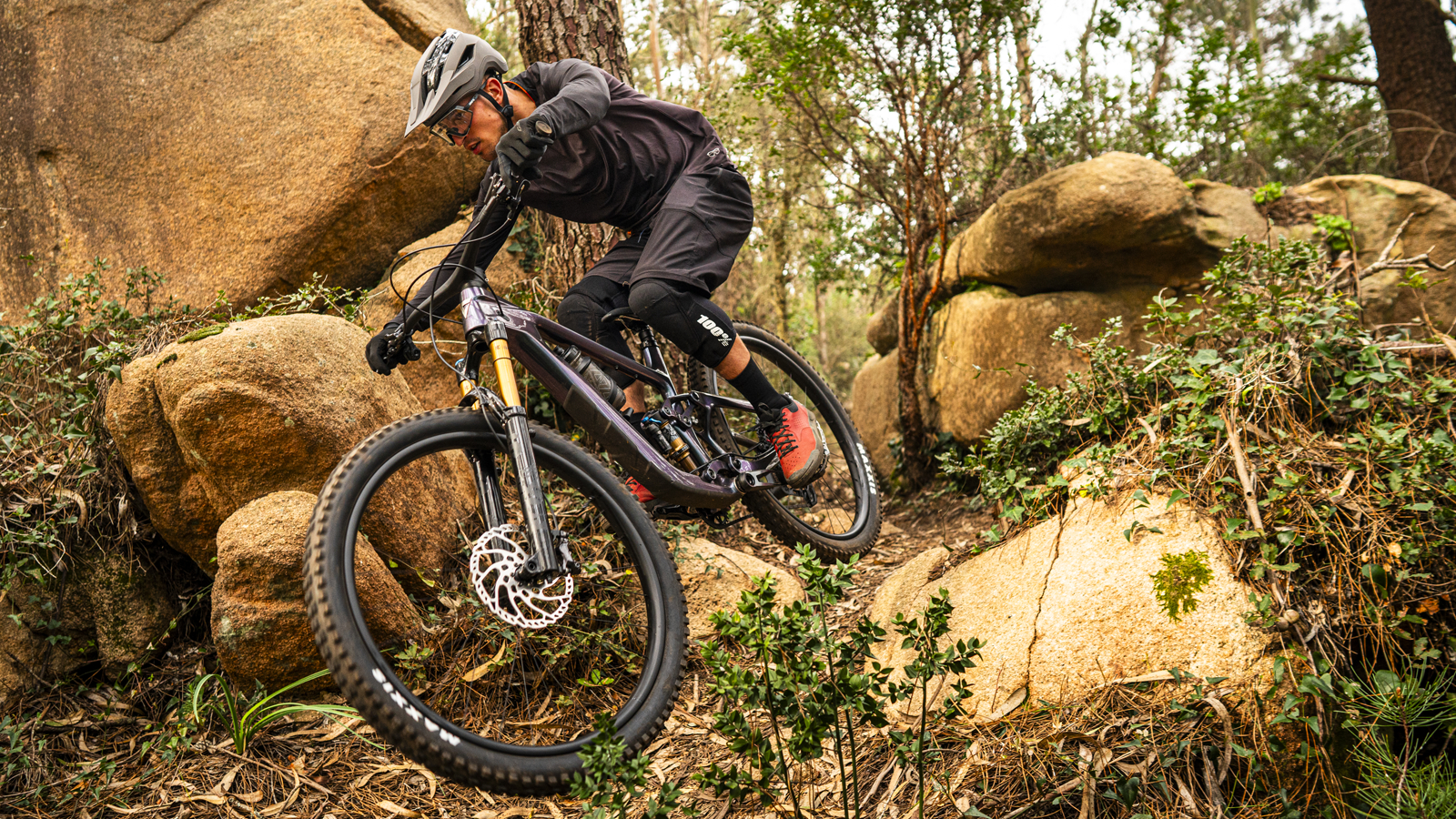
Problem 2: misunderstanding when to use the skill
There are a couple of skills areas at the Forest of Dean. One has a series of small drops with gently sloped landings. The other has bigger drops on a steeper slope.
Last time I was there I saw near misses and one wild crash by riders who just had one technique for drops – to push out and get as much air as they could – rather than deciding when to push downwards with their arms to land sooner. Sounds obvious but on a steeper slope, your 2ft drop quickly becomes a 5ft one if you’re sailing out to space.
I also realised that the skills I’d learned in my first coaching session were just the beginnings of a toolkit, rather than cut and paste solutions for every scenario. And also that some rules were there to be unlearnt. Outer foot down wasn’t needed on big grippy berms, for instance, in fact it just slowed progress between them. Arm movement on drops didn’t need to be either push out or push down, it could be halfway between (although you had to have felt the difference between push out and push down before you could judge the halfway version)
Ben Cathro also makes the good point that your ace cornering skills (hips, outer foot, bike lean) don’t count for anything if you haven’t made the right decision about the line you're taking.
There’s also the related problem that bad technique works til it doesn’t, but that’s for another day. (See: using speed on small drops to compensate for technique, then applying that to big drops.)

What you can do about it
An article like this won’t solve all your problems any more than one single skill will, but hopefully one or two of the lightbulb moments I’ve had might make a difference to you too. I’ll leave you with the three main ones:
1. Check you understand the skill
Either revisit the stuff you learned with a coach in your next session with them, before you move on to new stuff, or see how what you think you know chimes with what reputable online coaches say. (Just be mindful that there’s sometimes more than one way to approach a technique, and you probably don’t want to mix half of one approach with half of another.) If the technique doesn’t feel smooth, or you can’t visualize it, or you can’t really feel it kicking in, that may be a sign that you haven’t nailed the skill in your mind.
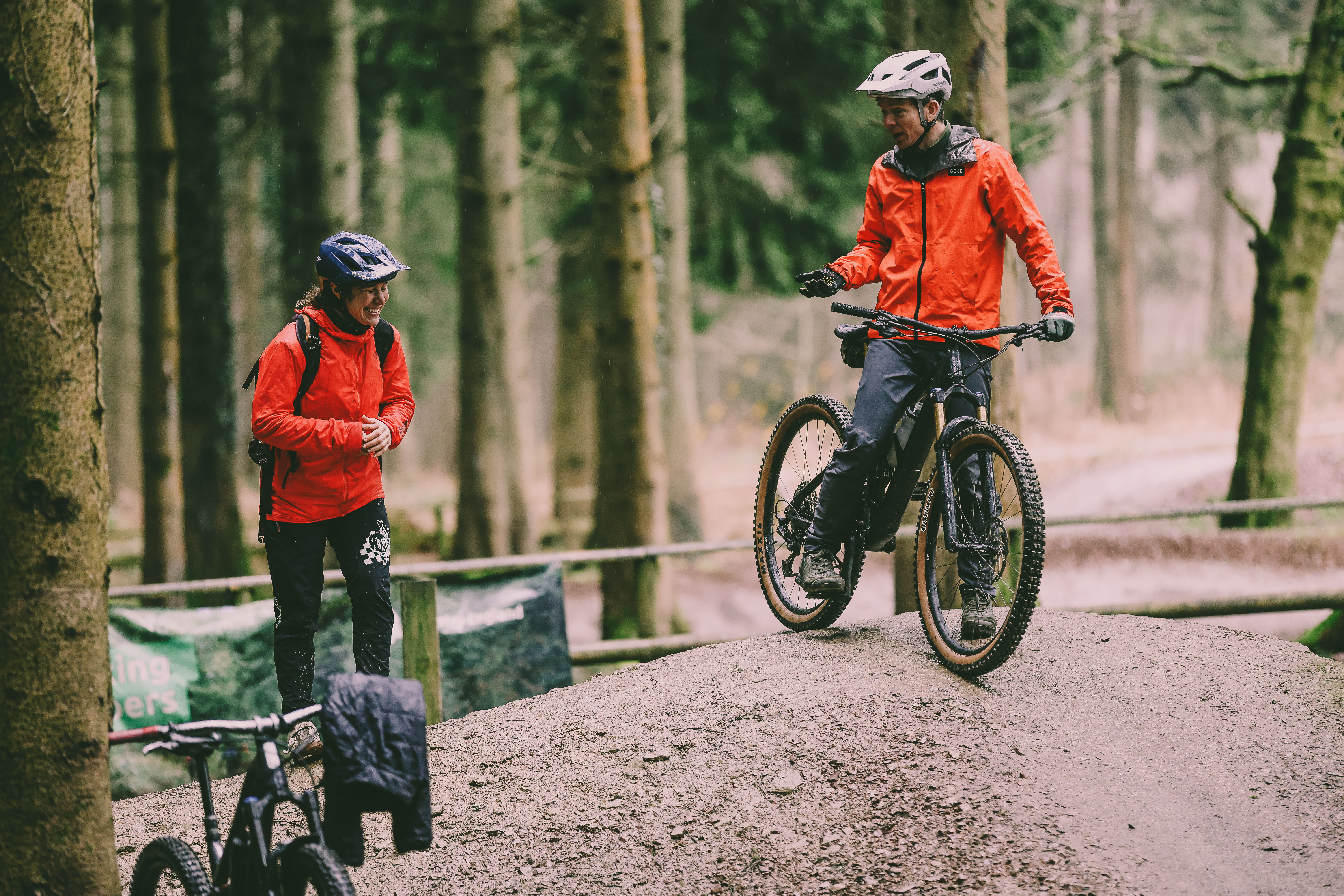
Many thanks to Katy and Sam for such great coaching. Katy Curd Coaching provides 1:1 sessions, group sessions, courses and women-only sessions in the Forest of Dean. You can find out more at katycurdcoaching.com
2. Video it…
… then play it back frame by frame – you’ll be amazed at the differences you pick up, and the links between cause and effect. If you really like to nerd out, copy and paste a grab of each frame into a sequence, and compare different runs of the same feature.
3. Practice ’til it’s automatic
For me, this is doing the same thing again and again on an unchallenging version of the feature, until I’m sure that I’ve nailed it. It can take ages – and sometimes it feels like you’re getting worse for a while – but there’s nothing more satisfying than being on the trail or in a race and realizing you’ve just cleared something without thinking about it.

Sean has old school cycle touring in his blood, with a coast to coast USA ride and a number of month-long European tours in his very relaxed palmares. Also an enthusiastic midpack club cyclocross and XC racer, he loves his role as a junior cycle coach on the Kent/Sussex borders, and likes to squeeze in a one-day unsupported 100-miler on the South Downs Way at least once a year. Triathlon and adventure racing fit into his meandering cycling past, as does clattering around the Peak District on a rigid Stumpjumper back in the day.
Height: 173cm
Weight: 65kg
Rides: Specialized Chisel Comp; Canyon Inflite CF SLX; Canyon Aeroad; Roberts custom road bike
